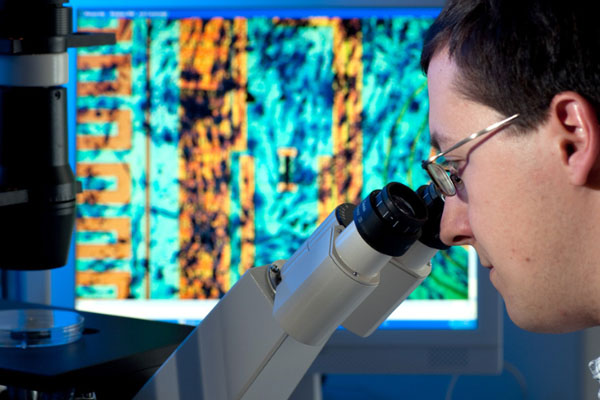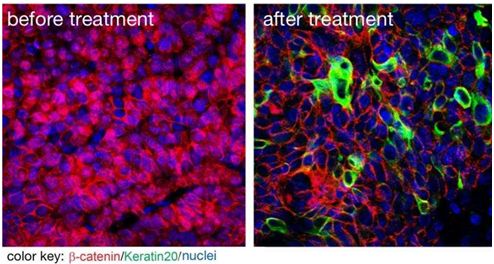Tumor stem cells are a group of tumor cells with self-renewal, multi-directional differentiation potential, and the ability to initiate and rebuild tumor tissue phenotype. Previous studies have shown that cancer stem cells are involved in tumor metastasis, recurrence, and tolerance to chemotherapy and radiation therapy. Therefore, therapeutic strategies targeting cancer stem cells will hopefully bring hope to the treatment of cancer. Scientists have also invested a lot of energy in the research of cancer stem cells, trying to solve the problem of tumor origin and treatment through the research of cancer stem cells. On the one hand, scientists are constantly studying the origin of cancer stem cells and their relationship with the development and treatment of tumors. On the other hand, scientists are also constantly developing drugs and treatments for cancer stem cells.
The following small series will take a look at the heavy research in the field of cancer stem cells in 2016. I hope to learn from you!

[1] Cancer Res: found that small molecule LF3 potently kills cancer stem cells
Recently, Liang Fang and his colleagues from the Walter-Berchmer Laboratory of the Max Delbrück Center for Molecular Medicine found that a molecule can destroy the survival of cancer stem cells that depend on WNT signaling. The necessary biochemical signals. Related research results are published online in the journal Cancer Research.
Over the years, the Walter-Berchmer Laboratory has been working to uncover a molecular network called the Wnt signaling pathway, in which the Wnt signaling pathway plays a key role in healthy embryonic development. Under normal conditions, the Wnt signaling pathway is activated when Wnt molecules are secreted, bind to receptors on adjacent cell surfaces, and trigger a series of biochemical signals within these cells. This chemical signal is transmitted between different molecules until it activates a transcriptional complex, which then enters the nucleus and initiates transcription of the gene. Under the action of environmental stimuli, cells produce RNA and protein to cope with it. In cancer, Wnt signaling can no longer rely on these stimuli through mutations in oncogenes and tumor suppressor genes downstream of the Wnt signaling pathway, which results in Wnt signaling being activated.

In the current study, Liang Fang and his colleagues focused on a component of the Wnt signaling pathway called beta-catenin. In the absence of environmental signals, beta-catenin is blocked outside the nucleus, which binds to a protein complex and eventually degrades it. The external signal allows it to be released from the destruction complex and migrate into the nucleus. There, β-catenin binds to transcription factors such as TCF4, which together activate specific target genes. In the past few years, the Walter-Berchmer laboratory and others have demonstrated that cancer stem cells require sustained activation from this pathway to survive and sustain.
To find an inhibitor, the researchers used AlphaScreen and enzyme-linked immunosorbent assay (ELISA) to screen and finally found that a compound called LF3 strongly inhibited the binding between them. This inhibitory effect was found in the test tube. Cell level assay results show that LF3 is also effective in preventing binding between them in cells. The results also showed that LF3 did not seem to have any effect on healthy cells.
All of this is a positive sign, but there is one last experiment that needs to be done. To this end, the researchers worked with the German EPO Co., Ltd. to develop mice bearing tumors derived from human colon cancer stem cells. Then they used LF3 to treat these mice, and found that tumor growth was significantly reduced, and there appeared to be no cancer stem cells in the tumor, suggesting that LF3 seems to strongly promote the differentiation of these cancer stem cells into benign lesions, while at the same time, except Wnt Other signal paths outside the signal path are not disturbed. All of this suggests that LF3 is highly promising as a lead compound and lays the foundation for the development of methods for treating human tumors that depend on the Wnt signaling pathway.
Surgical Instrument,Series Operation Microscope,Operation Instrument Microscope,Surgical Instrument Microscope
NINGBO VANCO INSTRUMENT CO.,LTD , https://www.vancoscope.com